Tosokchon Samgyetang (토속촌삼계탕)
141.34171799030256m 283332 2021-03-24
5, Jahamun-ro 5-gil, Jongno-gu, Seoul
+82-2-737-7444
Located near Gyeongbokgung Station, the restaurant was also frequented by late President Roh Moo-hyun. It produces their ingredients like Tojongdak (Korean chicken), 4-years ginseng, chest nut, jujube, garlics, ginger, adlay, perilla seeds, pumpkin seeds, sunflower seed, nuts, pine nut, black sesame, and etc.
Even though one has to wait to enter during lunch time, do not worry about long wait as the restaurant is spacious. Besides Samgyetang (ginseng chicken soup), it serves Ogol-samgyetang, otdak, pajeon (green onion pancake), Rotisserie chicken, and other menus.
Velvet Moon (벨벳문)
156.29659422065382m 71 2021-03-26
39, Jahamun-ro 5-gil, Jongno-gu, Seoul
+82-10-4028-9957
This coffee shop roasts coffee beans directly. This Korean dishes restaurant is located in Jongno-gu, Seoul. The most famous menu is espresso.
PANE PASTA - Jongno Branch (빠네파스타 종로)
201.96214462345964m 148 2021-03-19
11, Jahamun-ro, 7-gil, Jongno-gu, Seoul
+82-2-777-6556
A specialty restaurant serving pizza and pasta dishes baked in an authentic Italian wood-fired oven. The representative menu is margherita pizza. This Western cuisine is located near Gyeongbokgung (Government Complex-Seoul) Station, Seoul.
Oliva Garden (올리바가든)
205.1699699635185m 20799 2021-05-11
16, Jahamun-ro, Jongno-gu, Seoul
+82-2-733-3056
It is an Italian restaurant featured in a popular Korean drama. The best menu at this restaurant is steak. This Korean dishes restaurant is located in Jongno-gu, Seoul.
Doseong (도성)
212.77549942649406m 51 2021-03-26
15, Jahamun-ro 7-gil, Jongno-gu, Seoul
+82-2-738-8885
Sujebi jjambbong (Korean spicy seafood noodle soup with hand-pulled dough) is also a popular menu. This restaurant's signature menu is noodles in black bean sauce. This Korean dishes restaurant is located in Jongno-gu, Seoul.
Granhand Seochon (그랑핸드 서촌)
225.780872537328m 0 2024-01-30
Jahamun-ro 4-gil 14-2, Jongno-gu, Seúl
Groundseesaw Seochon (그라운드시소 서촌)
248.36044138357138m 0 2024-04-19
Jahamun-ro 6-gil 18-8, Jongno-gu, Seúl
Museo de Arte Daelim (대림미술관)
259.19670648343214m 7011 2022-08-05
Jahamun-ro-4-gil 21, Jongno-gu, Seúl.
Es un museo de arte correspondiente a la firma Daelim, fundada originalmente en Daejeon en el año 1996, pero en 2002 se ha trasladado al distrito de Jongno, Seúl. Se dedica al estudio y análisis del arte contemporáneo mediante la fotografía, motivo por el cual las obras exhibidas son piezas fotográficas. También cumple la función de fomentar y respaldar a los artistas principiantes para que puedan ejercer su oficio y contribuir para la nueva eclosión cultural y artística. El edificio del museo se encuentra ubicado en la cercanía del palacio Gyeongbokgung. El diseño arquitectónico lo ha realizado el francés Vincent Cornu, y de la construcción se ha encargado la compañía Daelim. El piso 1 está compuesto por el jardín, estacionamiento, sala de recepción, depósito, sala de reunión, etc., y, en los pisos 2 y 3 están las enormes salas de exposición y oficina, y finalmente en el piso 4 encontrará un seminario con capacidad para 120 personas y un balcón desde donde se observa un paisaje hermoso. Una de las peculiaridades resaltantes de este museo es que fue diseñado teniendo en consideración la temperatura, la humedad y el reflejo de luz que deben tener las obras.
Barrio Seochon (서촌마을)
267.35415051587285m 2163 2024-04-18
Pirun-daero 45, Jongno-gu, Seúl.
Seochon Guest House [Korea Quality] / 서촌 게스트하우스 [한국관광 품질인증]
277.7764961909242m 5504 2023-04-07
28-3, Jahamun-ro 7-gil, Jongno-gu, Seoul
+82-010-3345-9680
Seochon Guest House is located in Seochon, which is becoming a hot place for tourists in Seoul, and precisely on the road to Suseong Valley, whichis filled with interesting stores and is also well-known for Park Nosoo Art Gallery and the House of Yun Dong-ju (poet). Seochon Guest House is nicknamed ‘Jaeminangol (interesting village)’ after Baekseok’s poem ‘Yeowunangol’, with the aim of providing a visit full of interesting experiences. Passing through a garden and entering the main building, the unique charm of this hanok building, the staircase to get to the first floor from daecheong (main floored room), catches the eye of the visitors. In addition, the building is decorated with various stylish objects including paintings and Korean musical instruments. The terrace situated on the first floor offers an open view of the surrounding area including roof tiles of hanok structures and alleyways in Seochon. It is said that Korean novelist Yoon Hu-myeong also appreciated the structure of the guesthouse, saying, “It is an interesting place.” Built in the 1930s, the house, which has many storage places, was taken by the owner couple in spring 2014 as they were attracted by the house during their trip to Seochon. After the repair work, the ground floor of the house was opened for guests from January 2016, hoping that guests could share their daily experiences and stories with each other. The guestrooms and the main floored room on the ground floor are open to guests, with the exception of the first floor, which is used by the owner couple. The living room is equipped with books, a curved TV, and a table. The tasty meal, which is served in the kitchen, consists of rice and soup with six side dishes and is much loved by guests. The guesthouse offers a total of four rooms – Jae Room, which is the most Korean-style room; Mi Room, which has a combined style of a Korean-style room and Western-style room; Nan Room, which is an ideal room for meditation with a beautiful paper window; and Ahn Room, which is equipped with a veranda and a pretty flowerbed. Every room has its separate charm with various comfortable bedding to provide a quiet and cozy bedroom for guests in the middle of the city. Furthermore, the guesthouse holds a pansori (epic chant) performance twice a year. The owner started learning how to sing pansori to promote the Korean culture and tradition to foreigners. When a pansori performance is held, the owner offers traditional Korean snacks and drinks including sikhye (sweet rice punch), sujeonggwa (cinnamon punch), traditional sweets and cookies, and tteok (rice cakes) to visitors, tourists, and performers. Moreover, it provides cultural programs such as a Gukak (Korean classical music) experience, Korean traditional clothes experience, and making Korean food experience, as well as other activities with guests, such as trip to the city wall between Inwangsan Mountain and Bugaksan Mountain, and the Royal Palace Tour to Gyeongbokgung Palace, etc., as well as a trip to a traditional market.
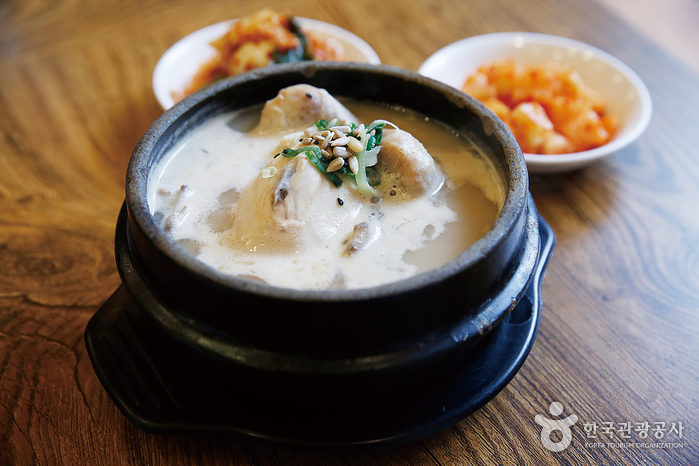
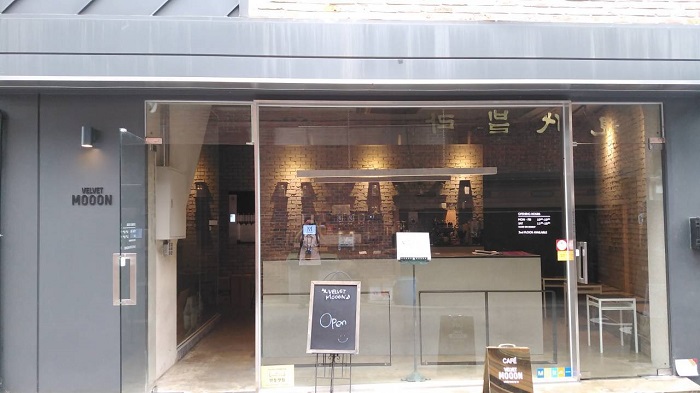
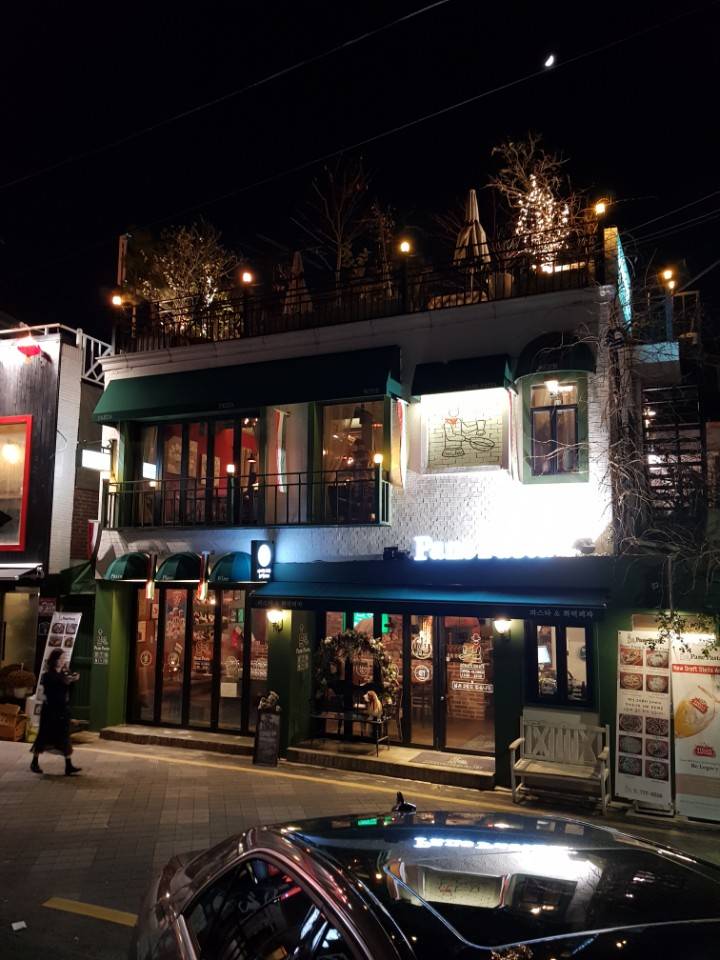
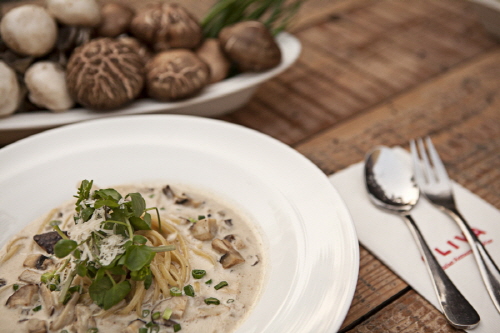
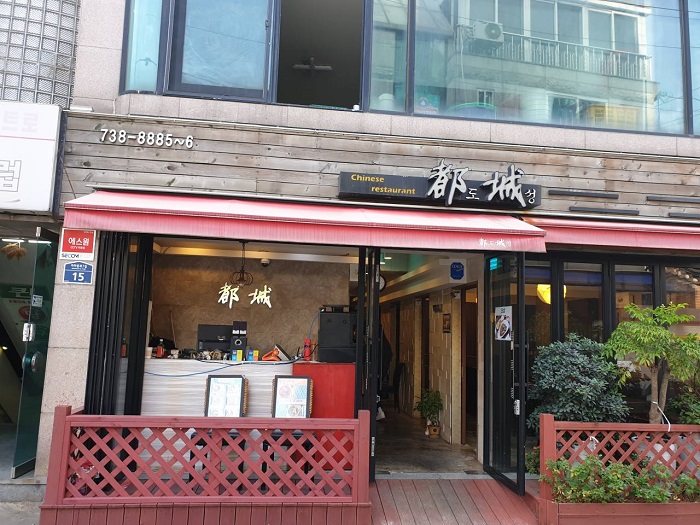
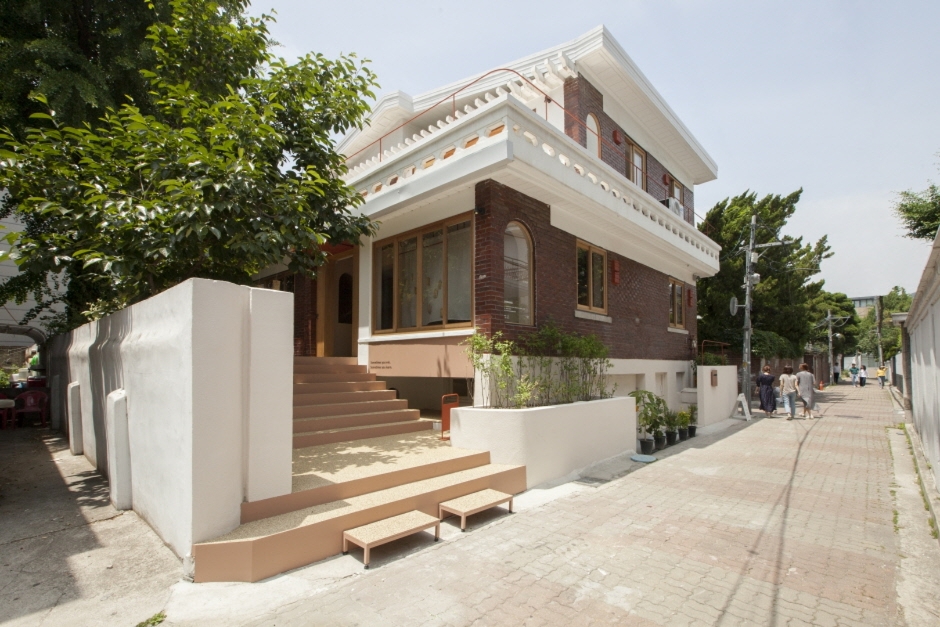

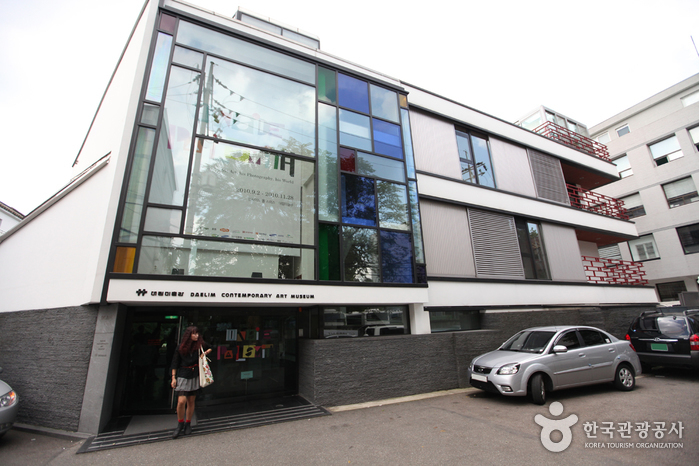
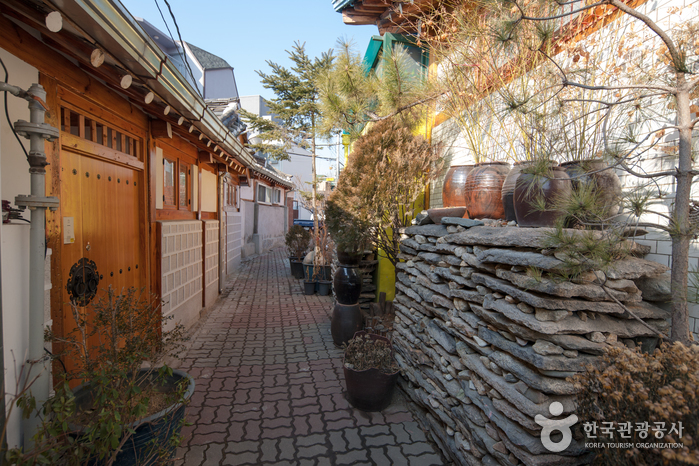
![Seochon Guest House [Korea Quality] / 서촌 게스트하우스 [한국관광 품질인증]](http://tong.visitkorea.or.kr/cms/resource/41/2447241_image2_1.jpg)
 Español
Español
 한국어
한국어 English
English 日本語
日本語 中文(简体)
中文(简体) Deutsch
Deutsch Français
Français Русский
Русский